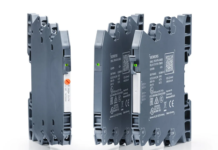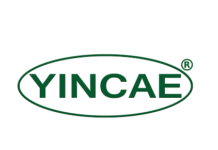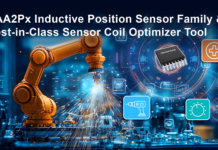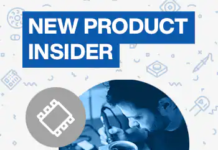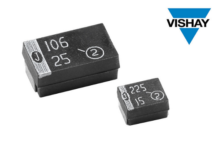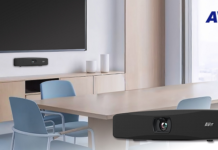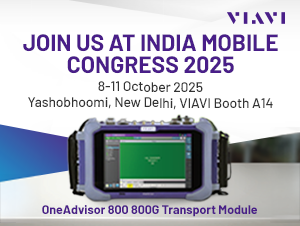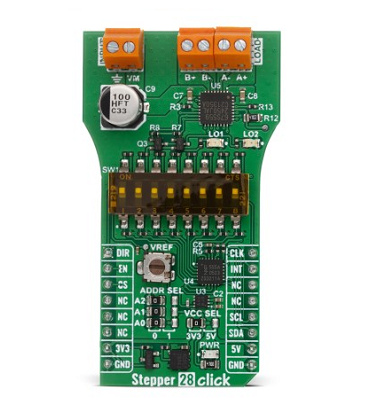
Stepper 28 Click is a compact add-on development board that provides precise control of 2-phase bipolar stepper motors. This new Click board from MIKROE, the embedded solutions company that dramatically cuts development time by providing innovative hardware and software products based on proven standards, features the TB67S559FTG, a BiCD constant-current 2-phase bipolar stepping motor driver IC from Toshiba Semiconductor.
Comments Nebojsa Matic, CEO of MIKROE: “Click boards enable designers to begin development immediately without having to learn new tools or pay for development kits. This Stepper 28 Click board is ideal for controlling motors in printers, scanners, and other office machinery and to drives motors in cash drawers or receipt printers (PoS). It can be used to manage motor movements for dispensing products in vending machines, or to provides precise pan and tilt control in surveillance cameras.”
A new member of MIKROE’s 1900-strong mikroBUS -enabled Click board family, the Stepper 28 Click driver integrates DMOSFET output transistors with low ON resistance. It supports motor supply voltages from 8.2V to 44V, and delivers up to 2.7A output current, while incorporating technologies such as Advanced Current Detect System (ACDS) for resistor-less current sensing and Advanced Dynamic Mixed Decay (ADMD) for optimized current regulation. The controller board supports full-step to 1/32 steps resolution for less motor noise and smoother control in addition to several anomaly detection indicators.
Stepper 28 Click is fully compatible with the mikroBUS socket and can be used on any host system supporting the mikroBUS standard. It comes with the mikroSDK open-source libraries, offering unparalleled flexibility for evaluation and customization. Click boards follow a modular prototyping add-on board standard invented by MIKROE, which revolutionizes the way users add new functionalities to development boards. Click boards enable design engineers to change peripherals easily, cutting months off development time. To enable hundreds of Click board to be connected to the microcontroller or microprocessor, the mikroBUS uniform connection interface allows designers to connect any Click board to a main board instantly. The company releases a new Click board nearly every day at 10am, and many leading microcontroller companies including Microchip, NXP, Infineon, Dialog, STM, Analog Devices, Renesas, and Toshiba now include the mikroBUS socket on their development boards.
For more information visit MIKROE.



